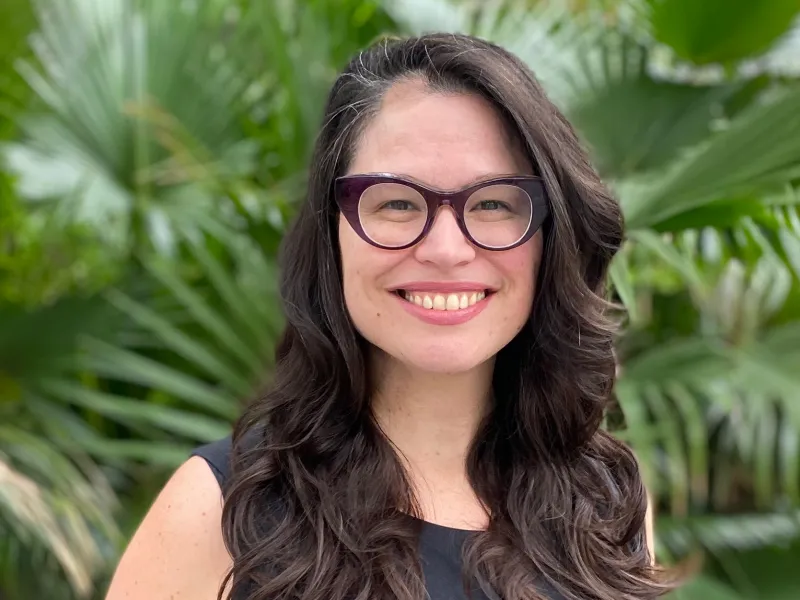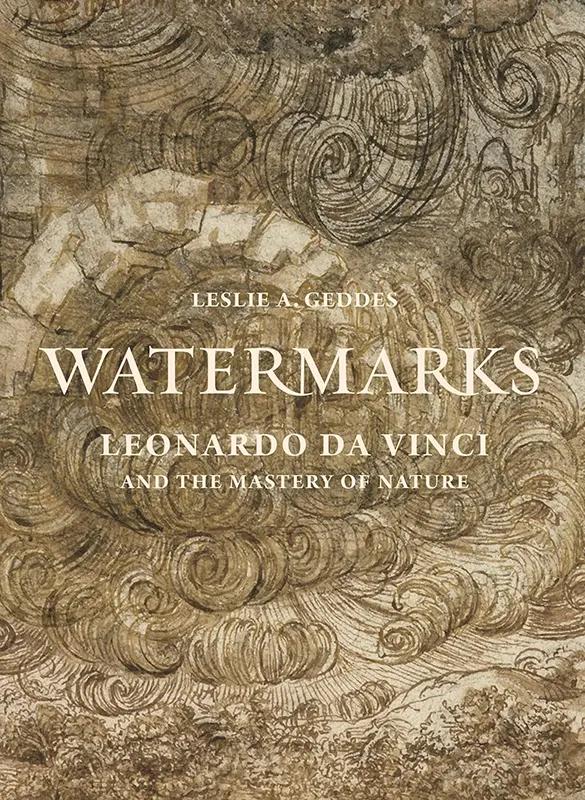
Education
Biography
Leslie Geddes specializes in Italian Renaissance and Baroque art and architecture. Her research broadly concerns how early modern artists studied and depicted the natural landscape. Her work investigates the interrelation of art and science, specifically how early modern artists, architects, engineers, and cartographers observed, measured, rendered, and shaped the world around them.
Her book, Watermarks: Leonardo da Vinci and the Mastery of Nature (Princeton University Press, 2020), examines the work of Leonardo da Vinci (1452–1519) and his peers to analyze the subject of water in art in conjunction with the practical undertakings of hydraulic engineering. A revision of her prize-winning dissertation, the book was awarded subventions from the Barr Ferree Publication Fund and Tulane’s School of Liberal Arts.
Her current book project, Unknowable Shores: The Art and Science of Early Modern Navigation, contends with the impediments that marine ontologies posed to cartographic representation. Illuminating mapping practices in Italy during the period known as the Little Ice Age, it examines how maps confronted the struggle to represent the ineffable. It interprets mapmaking through the theme of navigation: as a nautical, cartographic practice and as a means for assimilating visual information.
Her research has been supported by grants from the Clark Art Institute, the Harry Ransom Center, the Harvard University Center for Italian Renaissance Studies at Villa I Tatti, the Huntington Library, the Newberry Library, and the Yale Center for British Art.
She received her Ph.D. in art history from Princeton University and her B.A. from Columbia University. Prior to coming to Tulane in 2015, she was a curatorial research assistant at the Drawing Institute at the Morgan Library & Museum and a bibliographer for the Metropolitan Museum of Art.
Publications
Watermarks: Leonardo da Vinci and the Mastery of Nature (Princeton and Oxford: Princeton University Press, 2020). 256 pp., 124 color + 14 b/w illus. ISBN: 9780691192697
"Drawing Bridges: Leonardo da Vinci on Mastering Nature." In Illuminating Leonardo: A Festschrift for Carlo Pedretti Celebrating His 70 Years of Leonardo Scholarship (1944–2014), edited by Constance Moffatt and Sara Taglialagamba, 278–92. Leonardo Studies 1. Leiden: Brill, 2016.
“‘Infinite Slowness and Infinite Velocity’: The Representation of Time and Motion in Leonardo's Studies of Geology and Water." In Leonardo on Nature, edited by Alessandro Nova and Fabio Frosini, 269–83. Studi e Ricerche 11. Venice: Marsilio, 2015.
Media Interviews
23rd Triennale Milano International Exhibition, Podcast From the Moon 2: Episode 4: Mapping the Uncharted, December 5, 2022.
New Books Network: New Books in Art podcast interview about Watermarks: Leonardo da Vinci and the Mastery of Nature with Allison Leigh, October 21, 2022.
Teaching and Advising
Professor Geddes is the Art History Director of Undergraduate Studies. She is an affiliated faculty member of the Medieval and Early Modern Studies Program (MEMS) and is a member of the Faculty Advisory Committee for the Environmental Studies Program (EVST) at Tulane. Her teaching interests include Italian Renaissance art and Baroque art; early modern architecture; landscape theory; art and ecology; the reception of antiquity; the history of science and scientific illustration (including cartography); courses centered on enduring figures such as Leonardo da Vinci and Michelangelo; artistic rivalries; the art of Rome; prints and the history of the book; and old master drawings. She warmly welcomes working with graduate students interested in these and related topics.
Recently Supervised MA Theses
“The Astratto Paintings of Piero di Cosimo,” MA 2025
“Art of Waning Spaces: The Role of Materials in Imagining Coastal Climate Change,” MA 2024
“Through the Eyes of Salvator Rosa: Refuting the Romantic Interpretation through an Analysis of the Artist’s Personal Correspondence and Philosophical Inquiries,” MA 2024
Courses
- Art of Jerusalem
- Bernini and His Rivals
- How to Acquire a Work of Art
- Italian Renaissance Art
- Landscape Theory (1450-1800)
- Leonardo's World
- Mapping the Renaissance
- Medieval Architecture
- Michelangelo & His Reception
- Prints & Ways of Knowing
- Renaissance and Baroque Architecture
- Renaissance Empires of Exchange
- Rome, The Eternal City


